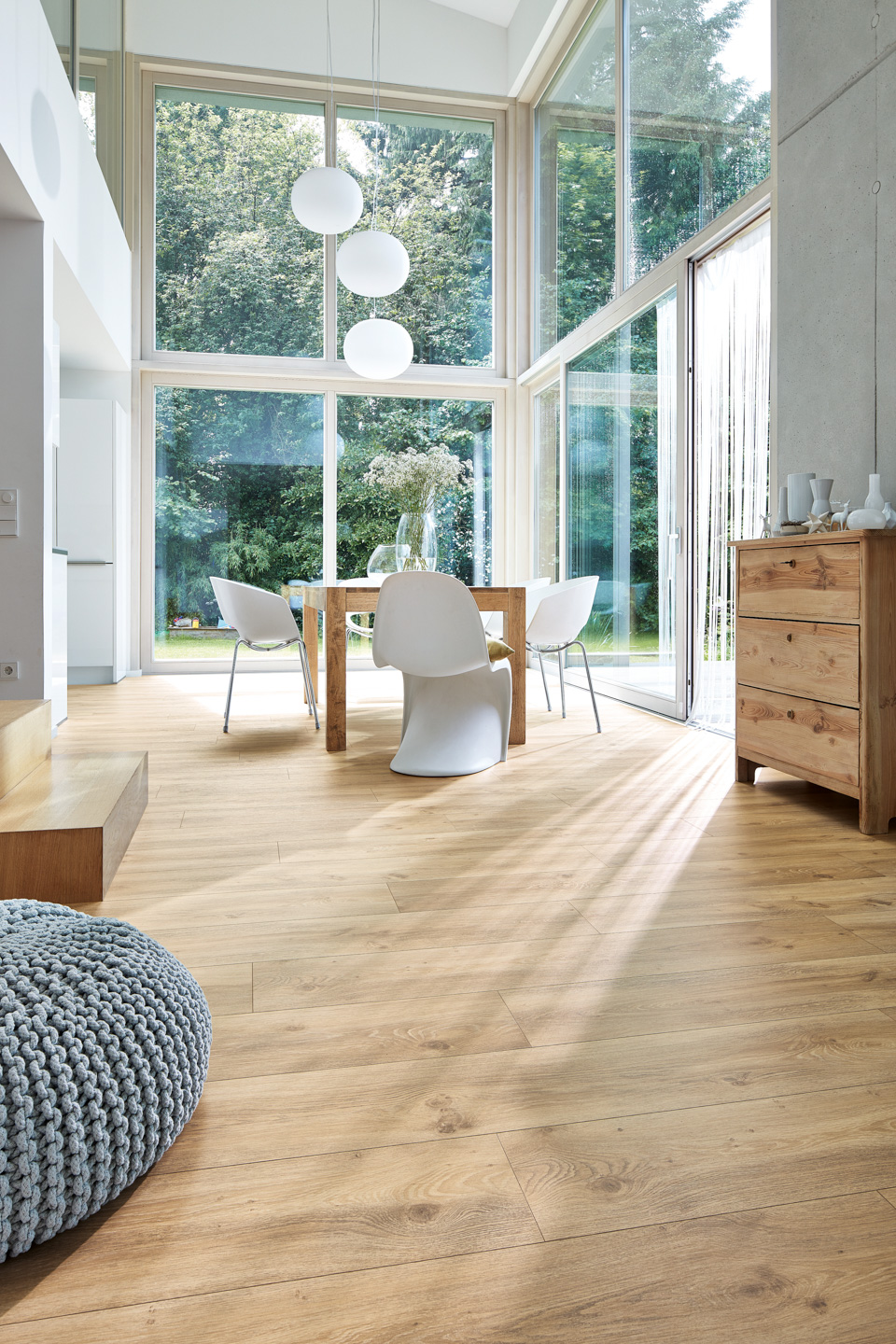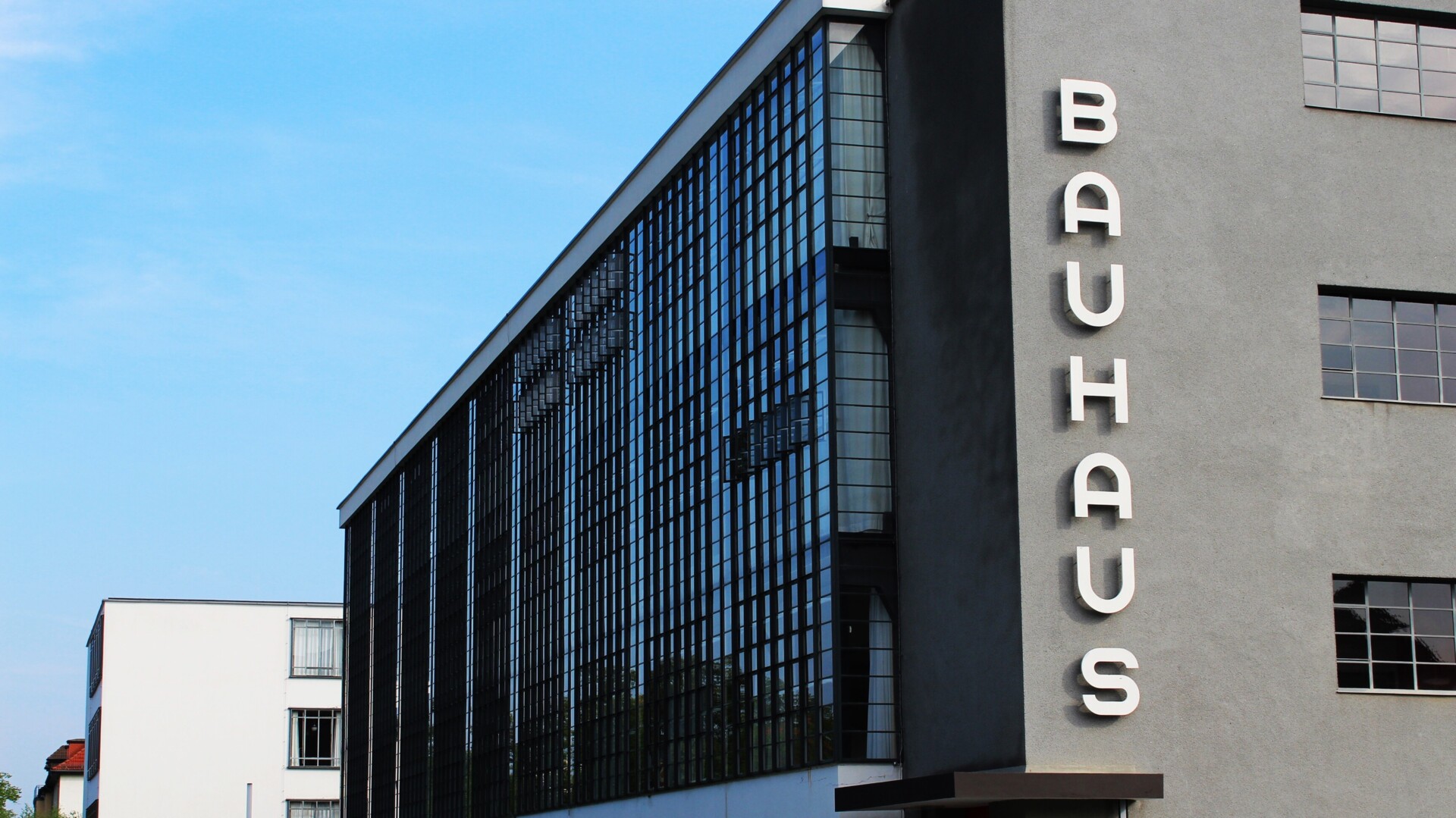
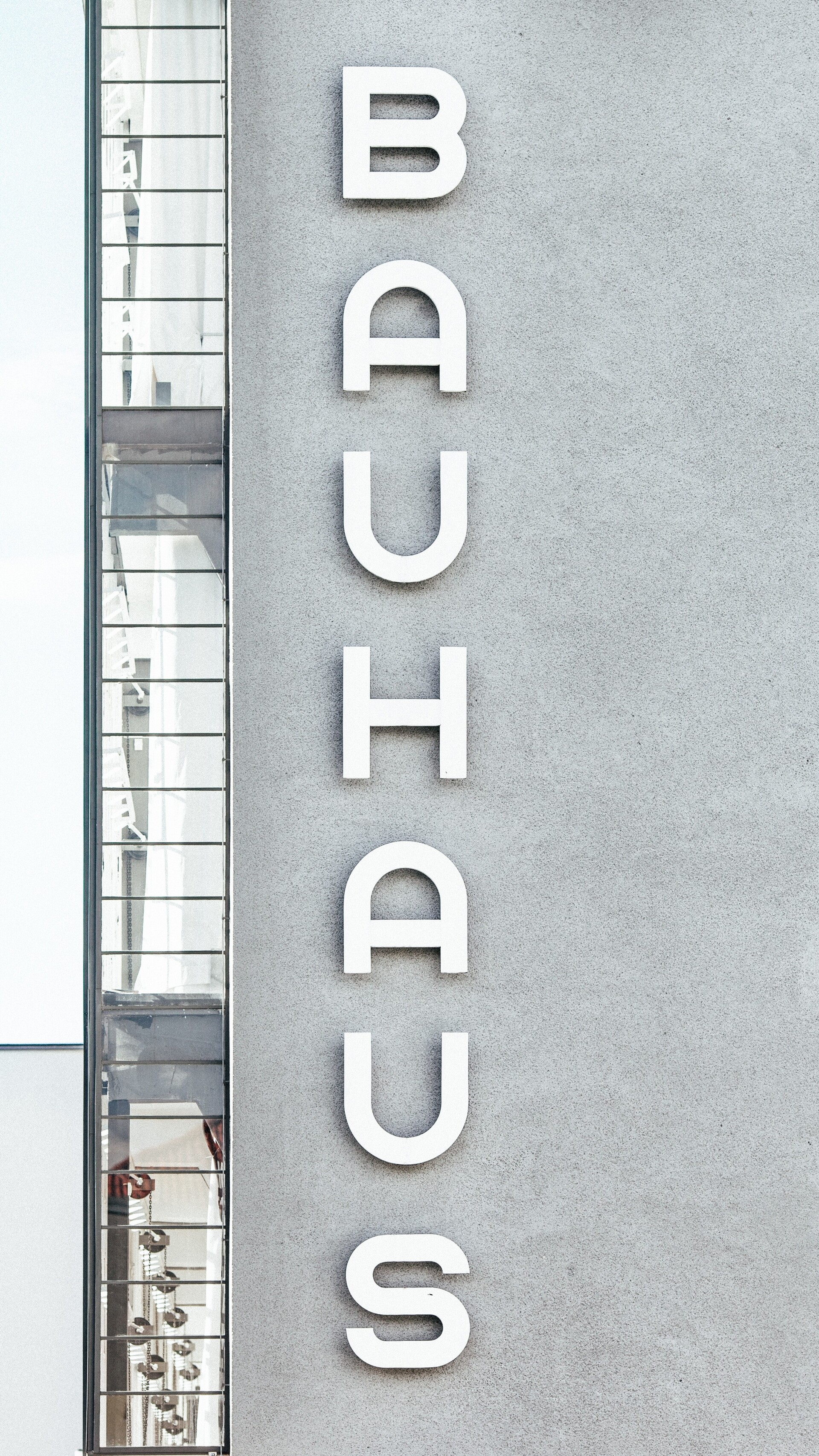

“Form follows function” There is barely an art movement that has followed this design principle as strictly as Bauhaus. Forgoing of any flourishes or ornamentation in favour of function sets apart the style and creative power of the art academy founded in 1919 in Dessau. To mark its centenary, we explain what the Bauhaus style is all about and how everyone can bring a piece of this timeless art into their home.
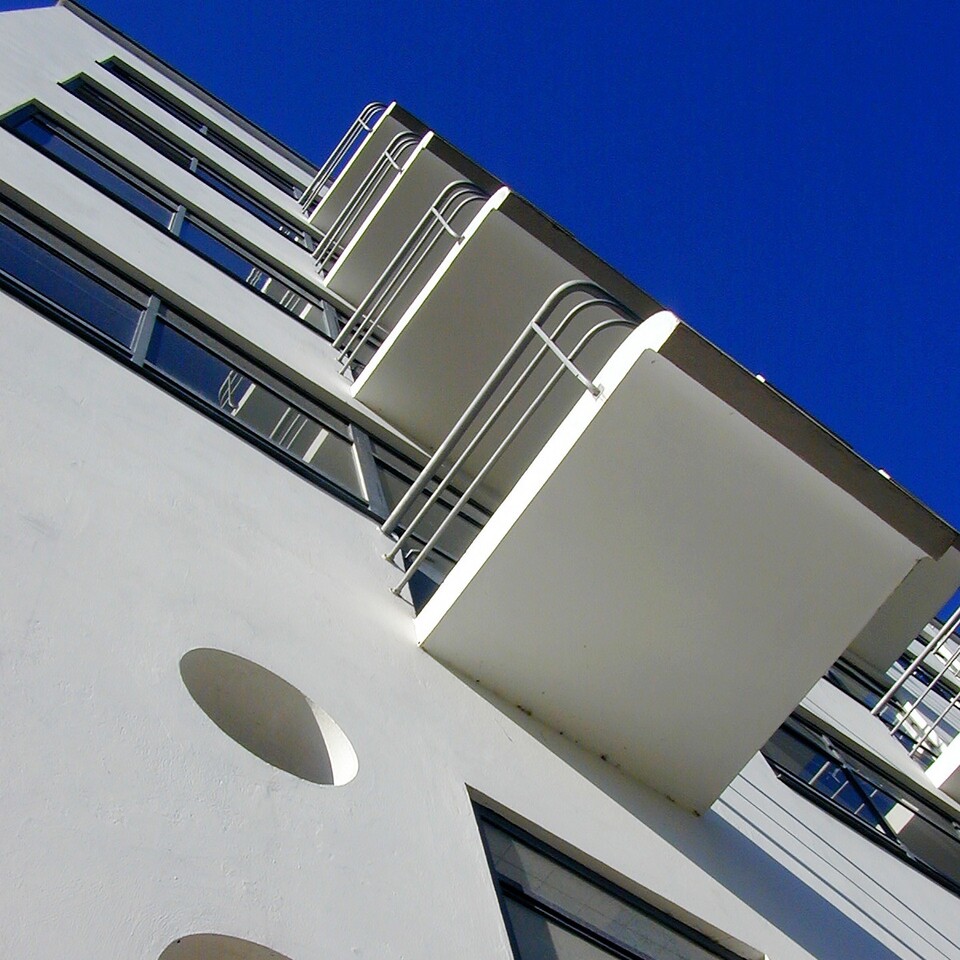
Clear lines, cubic elements, generous glass façades: Houses erected in the Bauhaus style are usually easy to recognise, even for those unfamiliar with the style. One well-known example of this modern architecture is the Barcelona Pavilion designed by Ludwig Mies van der Rohe – the German contribution to the 1929 International Exposition in the Spanish city. Or the famous Bauhaus building in Dessau, which was designed by Bauhaus founder Walter Gropius himself. However, the international and interdisciplinary design college can trace its origins in 1919 in Weimar, some 150 kilometres away. The Academy only moved to the striking building with the giant lettering on its façade in 1925. The move was inevitable after the legal and political pressure on the socially and progressively oriented school had become too great in Weimar.
From the very beginning, the Bauhaus movement was anything but conventional. With the founding of the college, a new artistic way of thinking came onto the scene. The idea was to unite different disciplines, above all art and handicraft, with one another and to redesign the world in this way. The Bauhaus movement was thus not only the birthplace of a new way of designing buildings. Modern and practical furniture, kitchen appliances and various industrial textiles also emerged from the creative power of the students and teachers. The products were soon to become part of everyday life – so the artists of the Academy set affordable prices for their works.
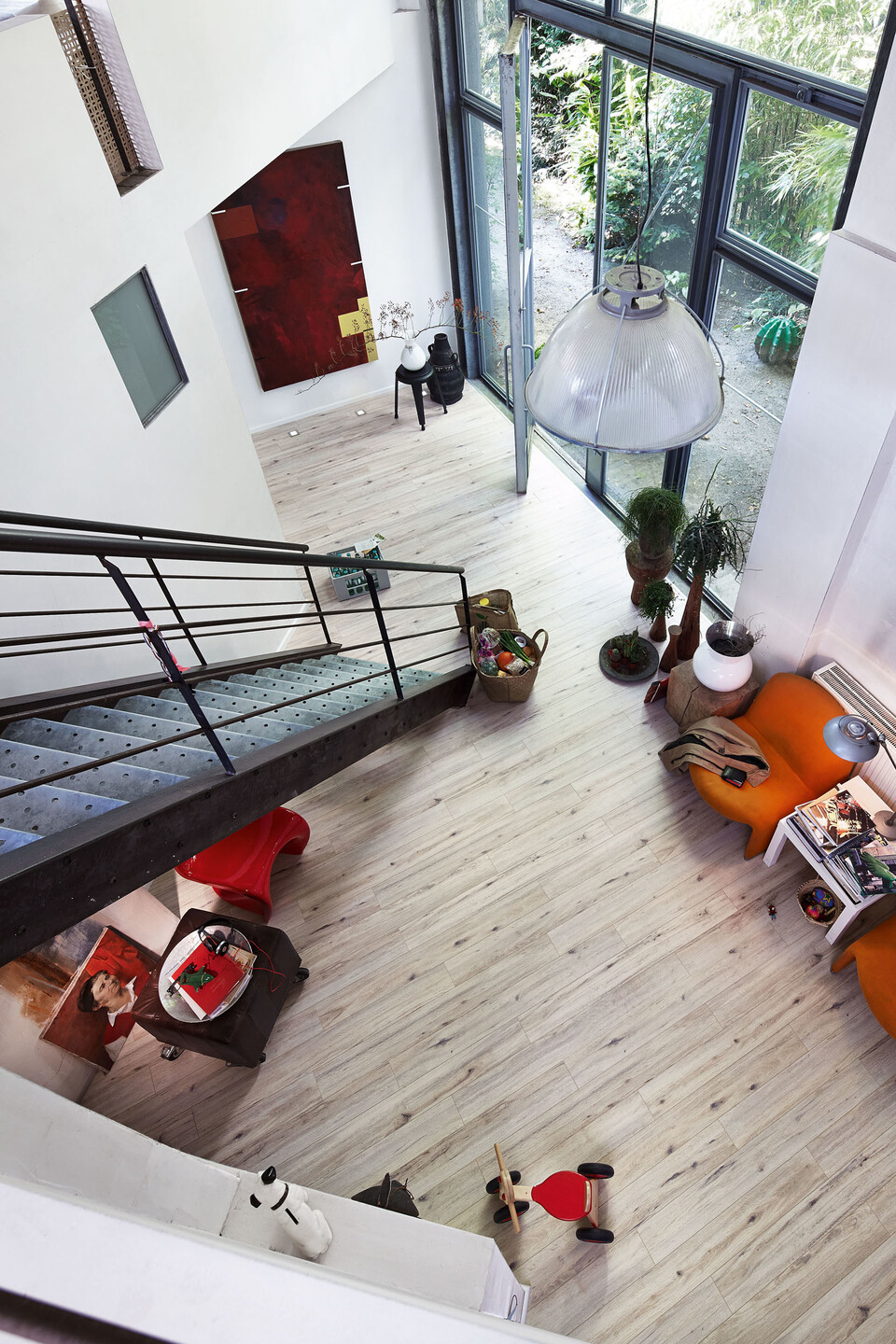
Initially viewed with scepticism by representatives of traditional ways of thinking, the college quickly gained international renown. The “Bauhäusler”, as adherents were known, started to revolutionise understanding of design and architecture. They set new standards and created works whose fascination has endured to the present day. No wonder that even a hundred years later the design is still extremely popular with many building owners, after all it looks futuristic and timeless at the same time.
Although geometric shapes and a certain simplicity are characteristic of the design, there is no such thing as a Bauhaus style. Instead, the Academy focused on the artistic self-realisation of its students and the modernisation of architecture, art and design. This included the courage to try new things. As long as the products were functional and affordable, there was no objection to individual influence.
“A thing is determined by its essence. In order to make it work properly – a vessel, a chair, a house – its essence must first be explored; for it must serve its purpose perfectly, i.e. fulfil its function practically, be durable, cheap and ‘beautiful’.” – Walter Gropius (1883-1969, Bauhaus founder)
However, the Bauhaus style has not only shaped architecture, but also interior design ever since. Thanks to the absence of ornaments or flourishes, the typical furniture and fixtures are easy to combine – so fans of interior design can easily create exciting style mixes.
If you want to take a piece of this avant-garde art movement home with you, you shouldn’t miss out on a few classics. The most important elements are, of course, furniture and home accessories based on the originals, preferably made of glass and metal. One long-running favourite, for instance, is the Bauhaus light designed by the draughtsman and silversmith Wilhelm Wagenfeld. The tubular steel furniture developed by Marcel Breuer and highly innovative at the time, such as the popular club chair, is still world-famous today and can be found in numerous offices and apartments.
In addition to furniture and interior accessories, art prints, curtains and carpets help to conjure up the look you want in your own four walls. Here, too, the basic Bauhaus principle applies: less is more. A lot of frills in the form of decorative articles should therefore be avoided. Instead, lamps, vases or perhaps even a tea service in Bauhaus design can serve as eye-catchers, but reduced in numbers. If you are satisfied with just hinting at the style, it goes without saying that you can do without classics or incorporate elements that are not considered “typically Bauhaus”. After all, the Academy always welcomed the courageous pursuit of new paths in order to create exciting contrasts and real eye-catchers.
Contrary to the premise at that time that Bauhaus products should not only be functional, but also affordable, the true-to-the-original living articles and furniture available on the market today are relatively expensive. However, there are also cheaper alternatives that are based on the design and can be bought from a well-known Swedish furniture chain, for example.
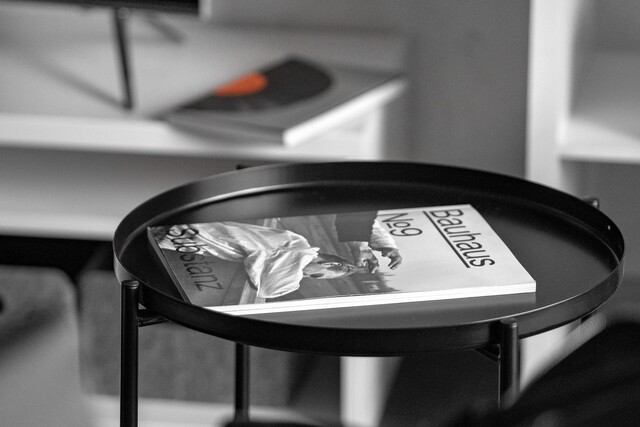
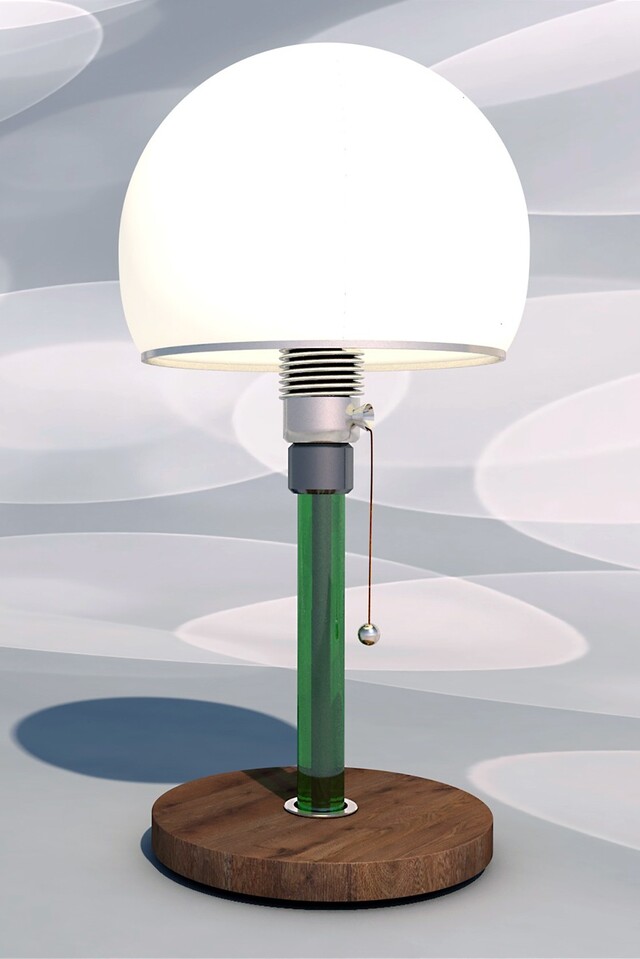
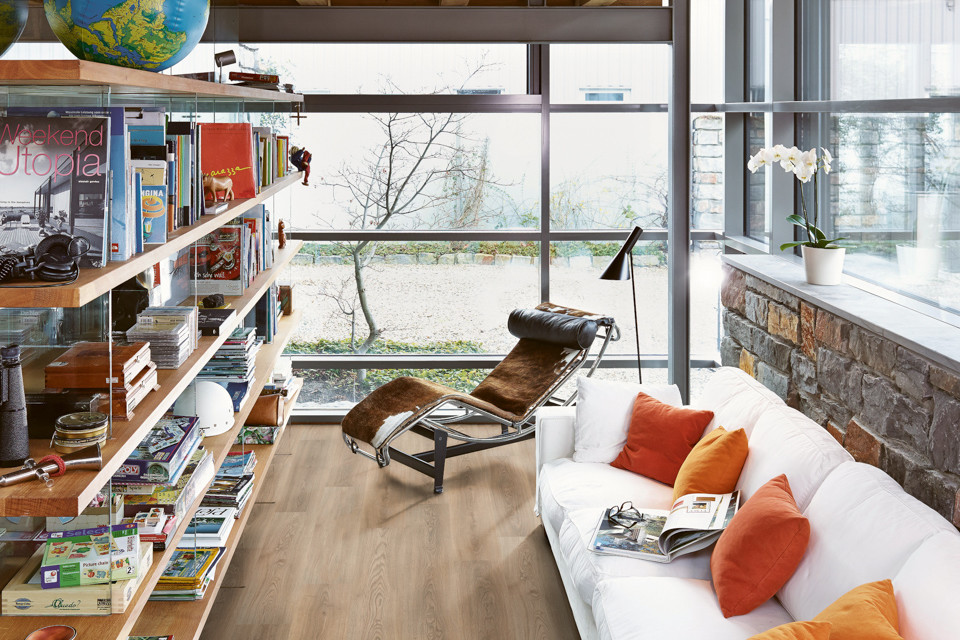
Particularly when it comes to the flooring, there are a lot of options: If you have a penchant for industrial charm and prefer the overall impression to be “clean”, you should choose design flooring or Nadura flooring in a concrete look. For a somewhat cosier flair, laminate flooring, parquet flooring or Lindura flooring in a wood look can be a good choice. Whether it is light or dark is ultimately a matter of taste. Dark wood floors usually look somewhat warmer than lighter variants. However, the choice of colour can also be made dependent on the other elements of the interior. If the room mainly has light-coloured furniture, a dark floor can provide a great contrast. The reverse also applies: dark furnishings look particularly good on a light floor.
If you would like the typical shapes and lines of the Bauhaus to be reflected in the flooring should ideally opt for herringbone or alternate joints as the laying pattern. Depending on the type of flooring and experience, it may be possible to lay it yourself. Otherwise, floorers will be happy to help.
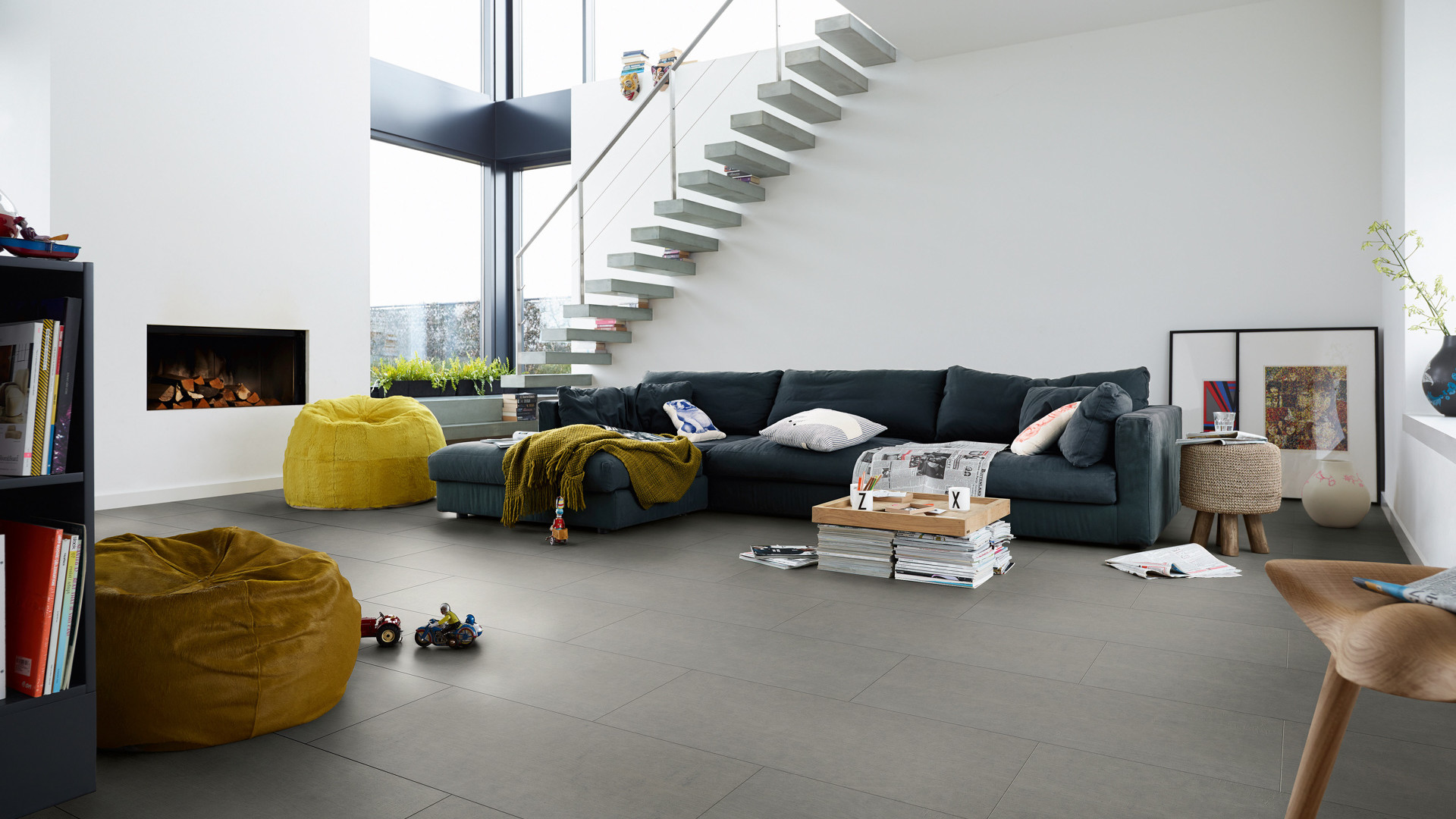
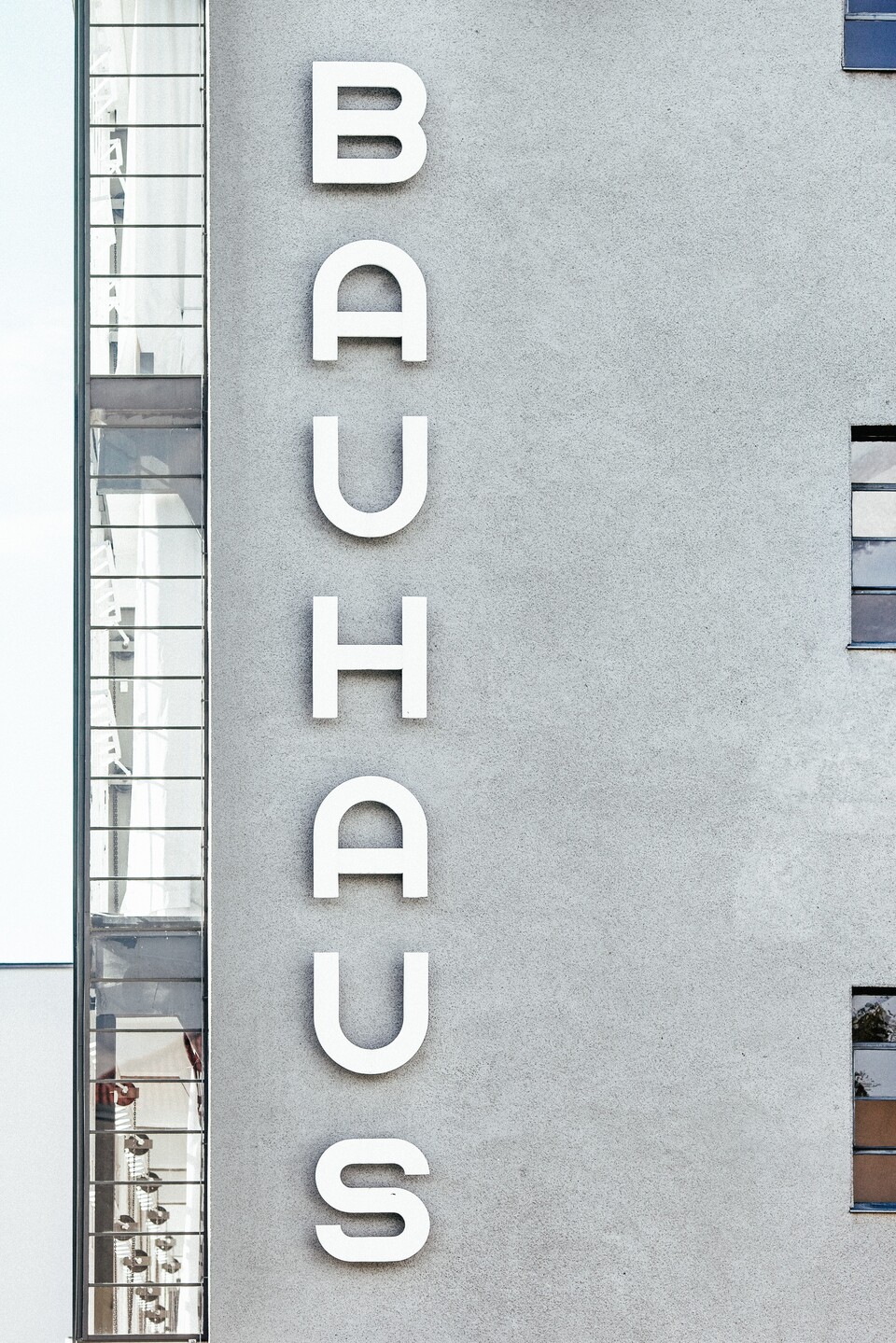
If you are interested in designing your own four walls in a Bauhaus style, can find inspiration in the Bauhaus-Archiv / Museum für Gestaltung in Berlin’s Charlottenburg district. It houses the world's largest collection on the history of the Academy. Like the school’s Dessau location, the museum is also housed in a building designed by Walter Gropius. Increasing numbers of visitors and the steadily growing collection, however, ultimately led to bottlenecks. In time for the 100th anniversary of the founding of the Bauhaus, the building, which was opened in 1979, is now being renovated in accordance with its listed status and supplemented by a new building.
During the time-consuming renovation work, it is not necessary to completely dispense with the services offered by the facility. In the meantime, the temporary bauhaus-archiv is experimenting with new forms of presentation and event formats. The bauhaus_salon invites the public to attend events such as talks and film and book presentations while the gallery offers rotating changing themed exhibitions. Every Saturday, children, young people and families can take part in free, entertaining design exercises in the bauhaus-werkstatt. If you’re looking for some original designs for your home, the Bauhaus shop may also be a source of inspiration. You can also find it at the temporary location.
